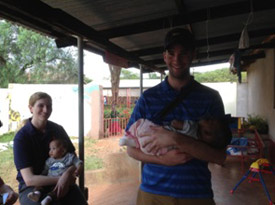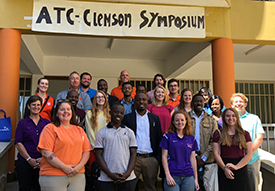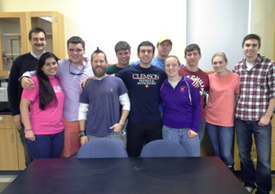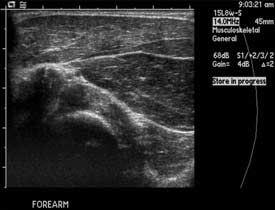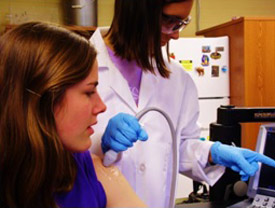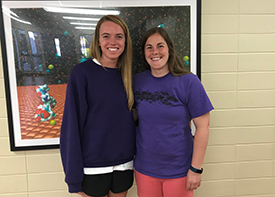Using Magnetic Nanoparticles to Prevent Restenosis
Aging, smoking, diet, and genetic factors cause the build up of plaque in the arteries that provide nutrients to the heart, which is a major cause of heart attacks. To solve this problem, stents are commonly used to open the artery back up. In some cases, when a stent is inserted, it injures the walls of the blood vessel causing it to swell and block the blood vessel back up. In recent years, medicated stents have been used to deliver medication that reduces that swelling by reducing the growth and spreading of the cells that cause the problem. In doing that, they also stop the healing process of the injury site, which causes delayed effects like blood clots that block the artery. We designed a magnetic nanoparticle coated with heparin. Heparin is a drug that is naturally found in the body. It is known to stop the swelling in the wall of the blood vessel and accelerate the healing process. We have tested these nanoparticles on cells and mice to show that they are not toxic. We have started to test their effect on the cell growth and spreading to show that they are effective as a treatment option. We plan to deliver that nanoparticles to the stent using a magnetic field similar to the ones used in MRI imaging. This project would advance the treatment of blocked arteries without causing new problems. In doing so, we would eliminate the need for multiple surgeries to treat the complications. This helps save patients from complications associated with stent implantation and help patients live healthier lives.
Contact: Nardine Ghobrial
(nghobri@clemson.edu)

